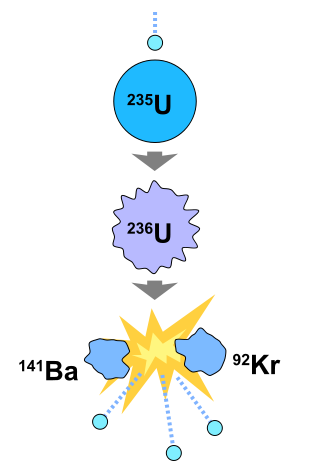

Sorbom et al., these magnets are the only major risk in the entire design, in the sense that nobody had before used YBCO (yttrium barium copper oxide) HTS materials for electromagnets like this. Yet rather than being singular magnets, they can open, to allow for the inner assembly including the vacuum vessel to be easily swapped for maintenance and for trying out different test configurations.Īs also noted in the 2015 paper by B. Surrounding the vacuum vessel and containment for the FLiBe liquid are the ReBCO HTS magnets in a characteristic D-shape that was experimentally determined via the Alcator tokamaks. The entire ARC reactor is built around the premise of a core vacuum vessel in which the fusion reactions take place, with this vacuum vessel surrounded by a FLiBe (Fluorine Lithium Beryllium) liquid blanket that provides neutron moderation, shielding and cooling functionality, as well as breeding the tritium that forms part of the deuterium-tritium fuel which powers the reactor. The major design element that was demonstrated with the 20 T HTS magnet this month is fascinating not just because of its immense field strength for its size and power input, but also in that it can be easily disassembled. What makes the ARC reactor and the prototype SPARC reactor so fascinating compared to other tokamaks is its highly modular nature, while adding design elements that are not found in other tokamaks. High-Tech and Easy to Assemble An exploded diagram of an ARC reactor, showing the ease of accessing the vacuum vessel.

Here ARC stands for both Affordable, Robust and Compact, as well as being a nod to Howard Stark’s Arc reactor in the fictional Iron Man universe. ( ArXiv preprint) titled ARC: A compact, high-field, fusion nuclear science facility and demonstration power plant with demountable magnets. Much of their business plan is contained in a paper published in 2015 in Fusion Engineering And Design, by B.N. (Credit: Robert Mumgaard)ĬFS is a spin-off of MIT’s PSFC, which seeks to combine decades worth of data and lessons learned from the Alcator tokamaks with brand-new ideas and brand-new materials. The entrance for the neutral beam is the large circular hole near the right. The Lower Hybrid Launcher with its grid of small rectangular waveguides can be seen in the middle and the non-rotated Ion-Cyclotron frequency antennas are toward the right with four copper straps. The rotated ion-cyclotron frequency antenna with its four copper antenna straps can be seen on the left.

Panorama view of Alcator C-Mod’s outer wall. Alcator C-Mod would continue to be used for fusion research at MIT’s Plasma Science and Fusion Center (PSFC) until it was shutd own in 2016. Instead Alcator C was modified (hence C-Mod) as a compromise solution. After a brief period with a B-revision of Alcator, the Alcator C was constructed with a big power supply upgrade.īased on the research findings, an improved Alcator DCT with superconducting field coils was proposed, but never saw the light of day due to the budget crunch for fusion research in the 1980s. Their roots lie in the nuclear fusion research performed since the 1960s at MIT, when a scientist called Bruno Coppi was working on the Alcator A ( Alto Campo Toro being Italian for High Field Torus) tokamak, which saw first plasma in 1972. A Story of TokamaksĬFS didn’t appear out of nowhere. With their recent demonstration of a 20 Tesla (T) high-temperature superconducting (HTS) rare-earth barium copper oxide (ReBCO) magnet field coil, they made a big leap towards their demonstration reactor: SPARC. Where CFS differs is that they don’t seek to go big, but instead try to make a tokamak system that’s affordable, compact and robust. The idea is that ITER will provide the data required to construct the first DEMO reactors that might see viable commercial fusion as early as the 2040s, optimistically.Īnd then there’s Commonwealth Fusion Systems (CFS), a fusion energy startup. At this point the Joint European Torus (JET) reactor holds the world record with a Q of 0.67.Īt the same time, a large international group is busily constructing the massive ITER tokamak test reactor in France, although it won’t begin fusion experiments until the mid-2030s. After decades of nuclear fusion power being always ten years away, suddenly we are looking at a handful of endeavours striving to be the first to Q > 1, the moment when a nuclear fusion reactor will produce more power than is required to drive the fusion process in the first place.


 0 kommentar(er)
0 kommentar(er)
